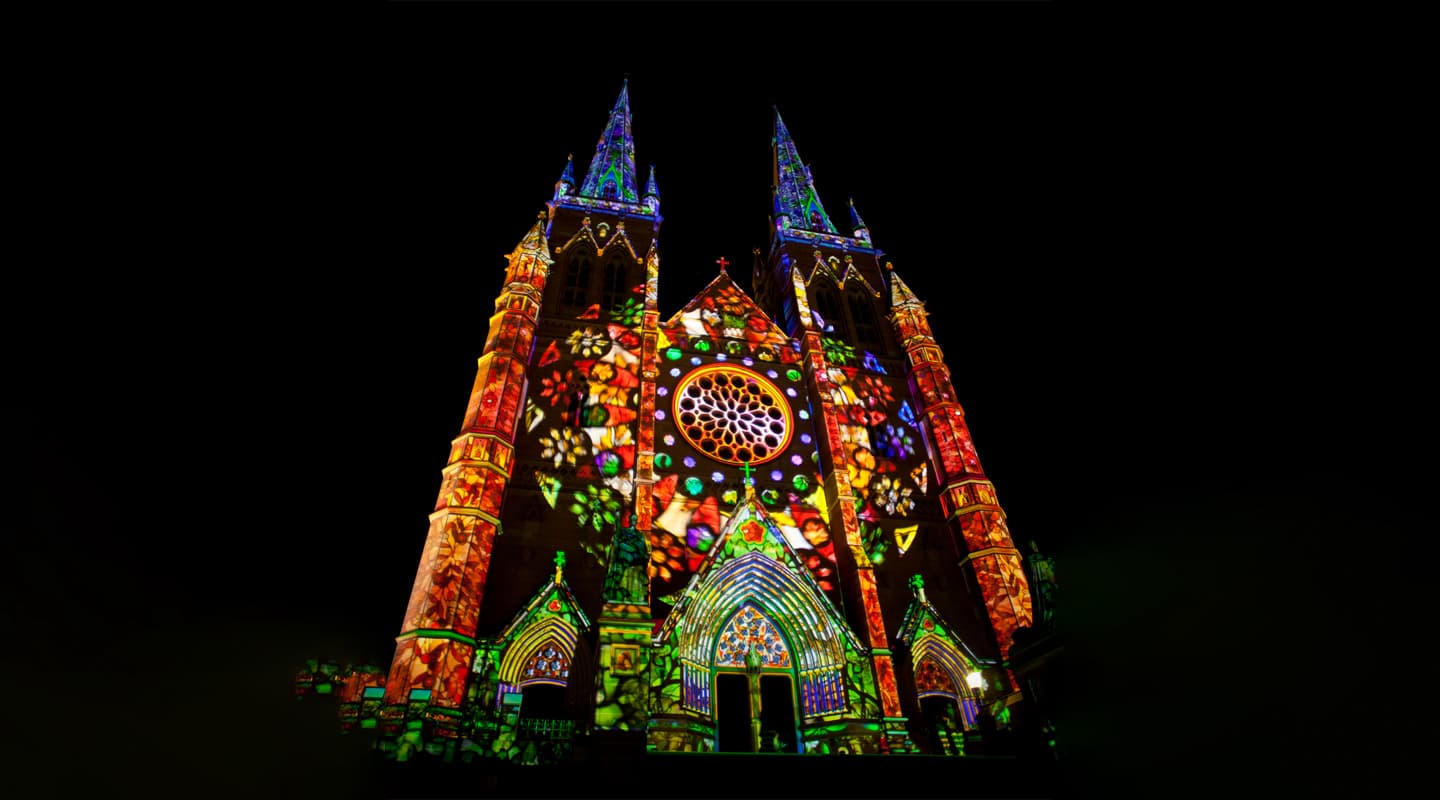
Together in Electric Dreams
The Electric Canvas has pulled off the seemingly impossible in recent times. We ask: “what’s the big idea?”
Text:/ Tim Stackpool
Images:/ Courtesy of The Electric Canvas
Perhaps not surprisingly, it’s an Australian company that international events producers often turn to when in need of large-scale projection. Even closer to home, The Electric Canvas (TEC) enjoys significant notoriety for that instant ‘wow-factor’. These days it would be hard to identify any significant event taking place somewhere in the world that doesn’t use some form of large-scale image technology. “From the very beginning we wanted to base our operations around an in-house design department specialising in this particular niche. Our content creators include lighting designers as well as people with architectural and graphic design backgrounds, and of course digital animation and rendering,” said company principal Peter Milne. Because the firm is project orientated, the company’s skills and technical capabilities have grown to meet the great variety of projection challenges they have been presented with over the years. After several years of exclusively using the French PIGI filmstrip technology, the company enjoys a legacy of “measure twice and cut once”, and the importance of checking calculations and maintaining accuracy through the entire process remains paramount.
“With the PIGI technology there are no zoom lenses, no lens shifting, no in-projector keystone correction, so what is printed on the film strips had better be right when you arrive on site to finally put many metres of expensive and time-consuming film scrolls onto the projectors,” Milne said. “It’s definitely not the time to discover errors with the process. We carry the same philosophies and methodologies over to the digital projection world and don’t subscribe at all to the plug-and-play myth that the advent of digital projection brought with it.”
MISSION IMPOSSIBLE
For Milne, the need for accuracy and attention to detail starts from the very beginning of the process, so TEC has developed a number of survey and projection design strategies, as well as acquiring the technology to facilitate them, quite often by developing their own equipment and software solutions.
In terms of challenging projects, safety and timescale is the caveat usually raised when tackling some of the more ‘impossible’ projects. “One story I often tell dates back to the closing ceremony of the Sydney 2000 games where we were asked to project onto a giant geometric solid in the centre of the field. This 15m-high dodecahedron was able to transform from a flat surface to a multifaceted stage in its ‘half’ mode and then, for the finale, a fully formed ‘geodome’ that could then rotate and rise a further 15m on its vertical mast,” said Milne.
The challenge was that this “machine” could not be assembled in the stadium until after the last day of competition, meaning that TEC’s overnight set up wasn’t complete until the audience gates had opened on the afternoon of the closing ceremony. There was no darkness to facilitate a line-up on the geodome for the four PIGI projectors some 100m away (also installed overnight in the four corners of the spectator seating).
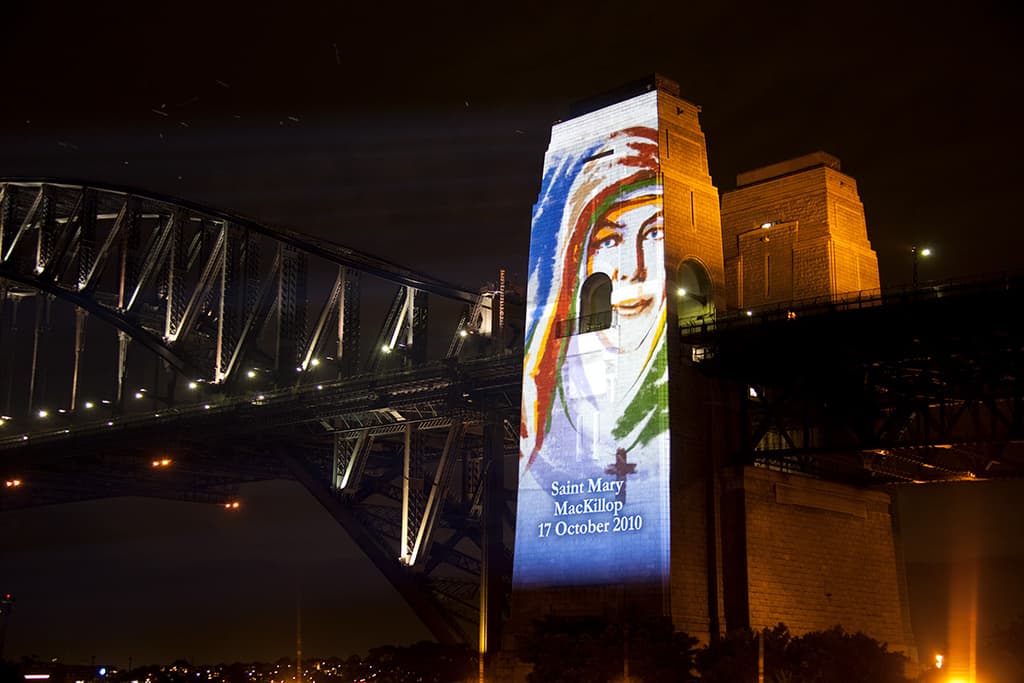
As Milne explains, “We had previously determined practical locations for the projectors and surveyed these positions with laser accuracy so we could emulate the overall geometry of the task at the rehearsal venue located at the old decommissioned aerodrome at Schofields in Sydney’s west. So the mapping was surveyed, developed, tested and the show programmed at the rehearsal venue using scissor lifts to emulate the stadium projector positions. After careful marking and measurement, the equipment was disassembled and moved to the Olympic Stadium. Success hinged on our plan to affect a daytime projector line-up and once the geodome was finally operating – just after the gates had opened – we had our one and only opportunity. By using our programmed line-up images on the PIGI films, we temporarily turned each of the projectors into a giant camera obscura by throwing a black cloth over each machine and focussing the image of the geodome back down the lens and onto the line-up image in the gate of the projector. I remember the look on the face of our Paris-based technician, who had not really understood up to this point how we were going to achieve a line up, once he finally witnessed the method in our madness!”
For those who remember the occasion, TEC saw the fruits of their labour for the very first time in the stadium at the same moment that the entire world saw the projections. “The line-up was perfect and all the effects ran as planned,” said Milne.
NUN SHALL PASS
More recently, the canonisation of Mary MacKillop as Australia’s first Catholic saint proved to be another milestone result from a last minute engagement, requiring the subject’s images and key achievements to be projected onto the pylons of the Sydney Harbour Bridge. “The project had been rumoured for some time but no formal approach was forthcoming,” said Milne. “Behind the scenes, a number of government bodies had been discussing how the project could be activated. It was 10 days prior to launch that we became officially involved so we decided to apply a full digital projection approach to the project despite the budget being typical of a PIGI-only treatment. We had wanted to do the pylons digitally for some time and had worked up a projection study a couple of years ago in anticipation of finding the right opportunity.”
Both sites required use of generators, with a letter drop asking the residents close by the North Sydney site for their understanding and indulgence. Once the plans had been drawn up and submitted, along with schedules and notes required to get all the stakeholders on-board and feeling relaxed, the physical installation went ahead smoothly and efficiently. There were challenges with restrictions on the permissible extent of animation allowable on the southern pylon due to risk of traffic hazards, meaning two separate shows had to be created for the north and south pylons. For the presentation, 26 of The Electric Canvas’ Christie Roadster S+20k projectors (20,000 ANSI lumens) were used to cover both pylons in a top-to-bottom digital array. Each array was aligned and controlled by TEC’s Onlyview media delivery system.
“”
We carry the same philosophies and methodologies over to the digital projection world and don’t subscribe at all to the plug-and-play myth
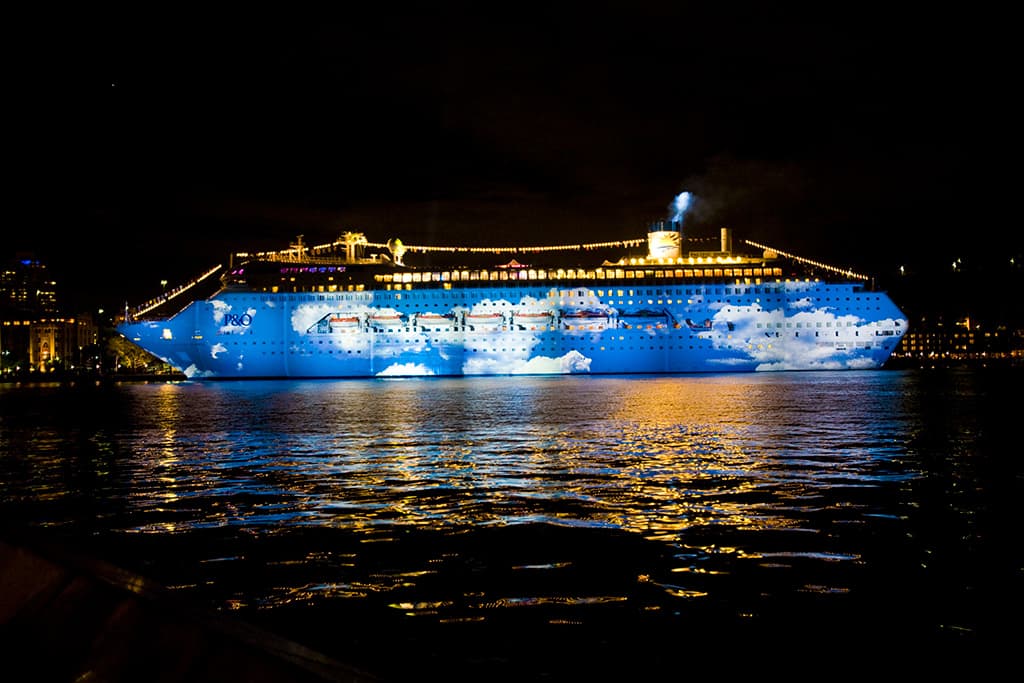

CRUISEY APPROACH
We were asked in 2007 to design a 10-minute projection sequence for the re-naming of a cruise ship. The task was to project onto the entire 240m-long ship parked at Sydney’s Overseas Passenger Terminal from our projector location near the Sydney Opera House – a distance of some 350m. The challenge was that the ship would not arrive until the afternoon of the show and that there would be only a 10-minute window during dusk to perform a discreet line up of the 10 PIGI projector array before the one and only running of the son et lumiere. No tech run, no rehearsal.
With basic drawings of the ship we built a 3D CAD study to model the projection and to calculate lensing, distortion and other parameters that would determine the creative opportunities and constraints for the PIGI double-scrolling, rotating-film system. The show was developed to a storyboard we had worked up and a soundtrack was commissioned by the client. While we have a PIGI visualiser that allows us to program shows to a soundtrack using timecode, the resolution of the simulated display is not high enough for accurate film positioning, as would be required for this long-throw projection. Once the film was printed and mounted we fine-tuned programming by using two PIGIs projected onto the warehouse wall, emulating adjacent projector pairs and swapping film scrollers until all 10 projectors had been programmed as accurately as possible.
Once set up on site on the show day, we achieved basic pointing and lens focus by through-the-lens techniques while waiting for our 10-minute dusk line-up window. The line-up went well despite having to avoid at all costs, any glare into he eyes of passing ferry captains. What followed was what felt like an eternity nursing a healthy desire to get the show done. However, we were confident our plan and diligence would pay off. And it did. When we finally received the ‘roll track’ cue, the show performed perfectly and we, and our audience, saw the result for the first and only time. – Peter Milne
NIGHT BEFORE CHRISTMAS
Similarly, ‘The Lights Of Christmas’ was another long-discussed project that came to fruition very late before launch. The green light for the project was lit in September but a budget wasn’t agreed to until late October with official appointment and script sign-off not until middle of November – just over two weeks before setup, a familiar tale. “Of course we were well and truly in the midst of content production by then with seven artists and animators working full time on the project,” reported Milne.
The project required the illuminating of two iconic Sydney landmarks, for which TEC already had existing architectural templates following the highly successful Macquarie Visions project earlier in the year, “But I elected to re-shoot our survey of the Cathedral with a mind to a full digital projection approach,” said Milne. “As sometimes happens, we had agreed to a PIGI scale budget but it suited the project timing to use our digital projectors thus opening up the creative opportunities. Our art department logs show that nearly 1000 studio hours were used, not including render time for the various animations that were carried out, usually overnight, each day.”
The setup on site, which included a smaller rig at the Hyde Park Barracks, took two days including projector line-ups, all of which went quite smoothly. Twelve digital projectors were used for illuminating St Mary’s Cathedral, with three deployed at Hyde Park Barracks. All control, warping, and video/audio playback was controlled by OnlyView.
FRANTIC PACE
When asked about what he would do differently on these jobs, Peter Milne echoes a sentiment expressed by many in this business: “We would definitely like to have the luxury of a realistic timeline to develop the creative more thoroughly, from storyboards to scripts, to soundscape design. Projects of this nature undertaken under tight timelines take a large toll on those who work on them, especially the creatives.”
Hear Hear!



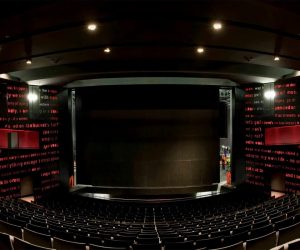


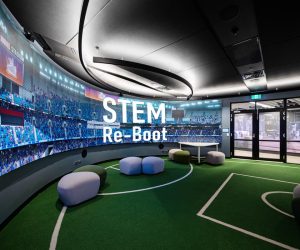
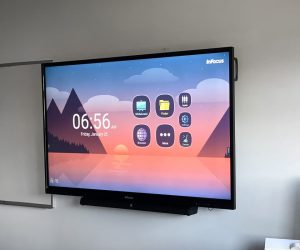

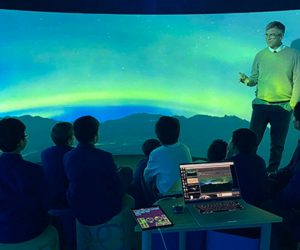

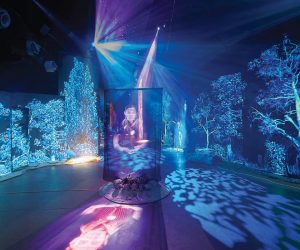
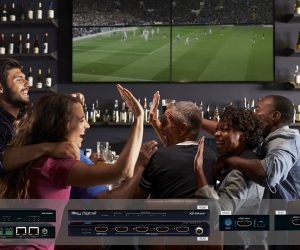
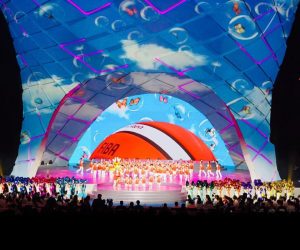



RESPONSES